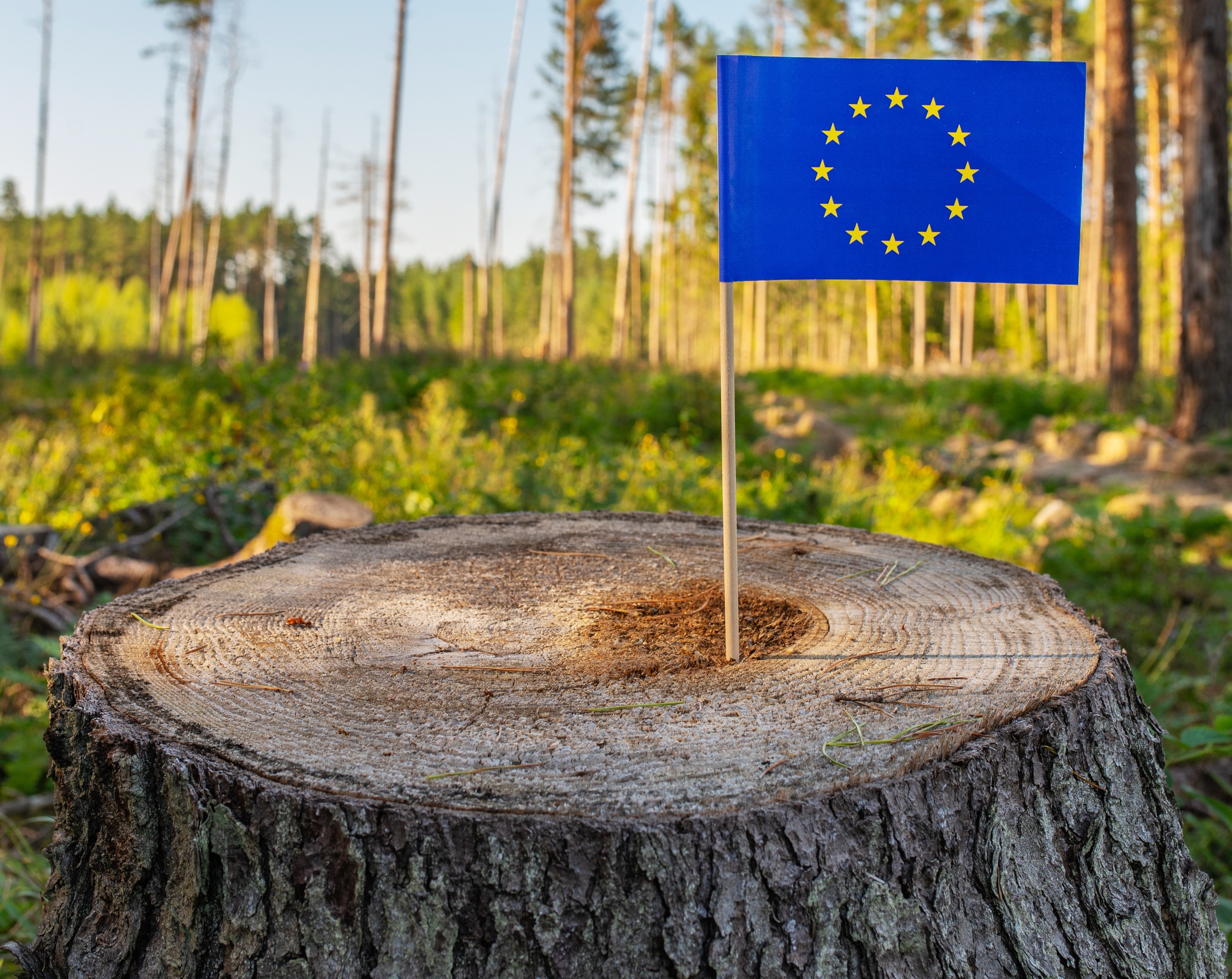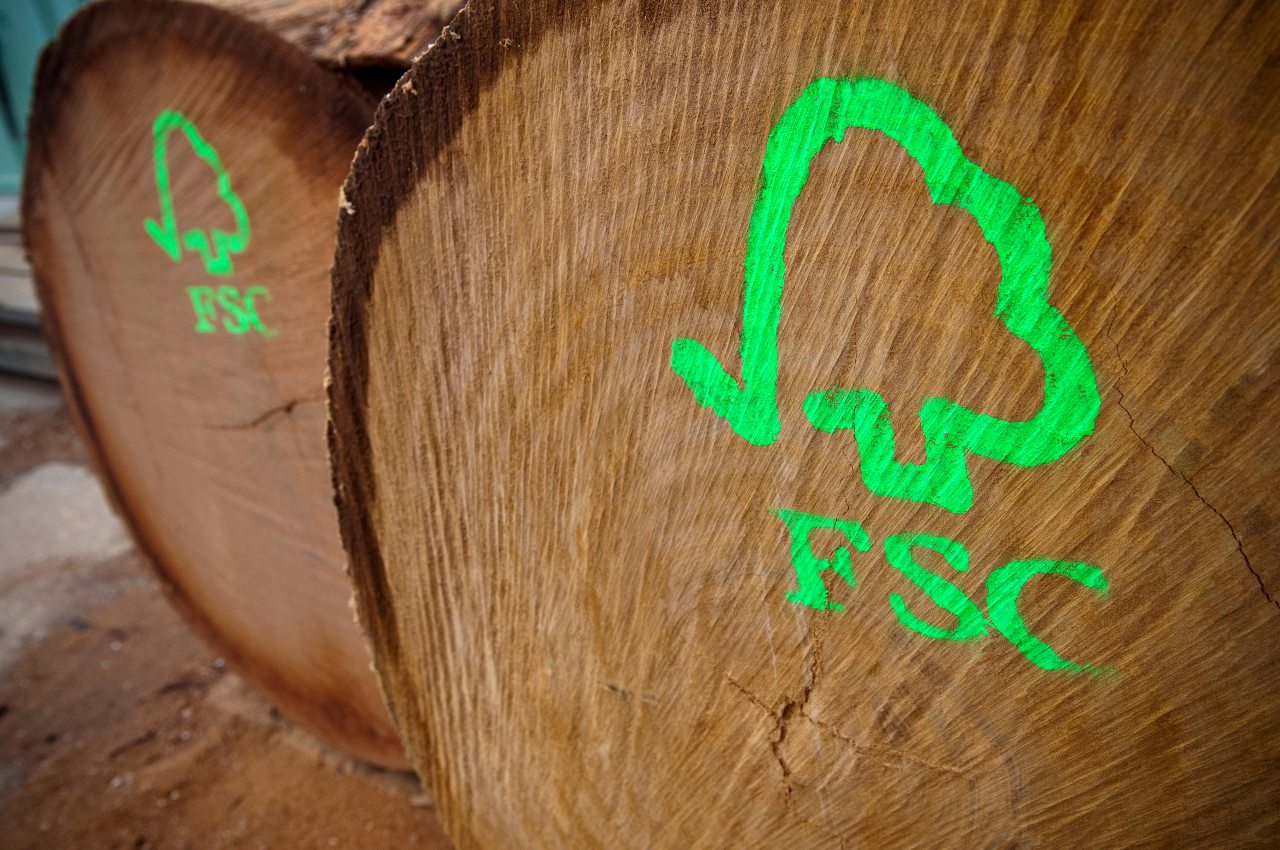South American country to persist with an alarming upward trend of forest loss, more than 50% of which was illegal in 2017, after the government authorised cultivation of genetically modified soy for biofuel production

Deforestation for sugarcane in Bolivia.
In late March the Bolivian government authorised the large-scale cultivation of two new types of genetically modified soy in the department of Santa Cruz for biofuel production.
The decision will
allegedly lead to an expansion of the agricultural frontier in the department –
which currently has around 1.3 million hectares planted with
soy – by 250,000 hectares (ha), allowing the production of 100 million litres
of biofuel.
Gonzalo Colque of Fundación
Tierra, a conservation NGO, questioned this estimate and reckons that
in fact between 300 and 500,000ha could be deforested as a result
of the measure, which would more than double Bolivia’s current annual rate of
deforestation of around 210,000ha.
Santa Cruz was already on track
to lose
an estimated 175,000ha of forests for ethanol production until
2025 as the government has made agreements with sugar cane producers to
increase biofuel production.
Marco Gandarillas of the Bolivian
Centre for Documentation and Information (CEDIB) called the
decision “a crime against the environment and biodiversity” since it represents
a “stimulus to clear forests and prioritise agribusiness expansion over
territories that should be dedicated to conservation or that belong to
indigenous communities”.
Miguel Ángel Crespo of the environmental organisation PROBIOMA questioned the legality of the move as the Bolivian Constitution and Mother Earth Law ban the production and trade of Genetically-Modified Organisms (GMOs) that impact the environment and health.
It is estimated that 6.5 million litres of powerful
pesticides will have to be used, posing dangers to biodiversity and human
health.
Bolivian President Evo Morales, who held meetings with the agribusiness sector prior to the announcement, has said the measure will increase the country’s energy sovereignty and help reduce costly diesel subsidies (though the government has promised to subsidise biofuel production).
Producers’ associations Anapo and Cappo
have welcomed the
decision, which they say will allow farmers to grow new varieties of soy that
are more resistant to drought and plagues.
The two new types of GM seeds to be used, Intacta and HB4, will be supplied by Argentine agribusiness giant Bioceres. Some conservationists have raised the alarm over the measure being announced a month after a Bioceres delegation visited Bolivia.
The firm –
which produces and sells genetically modified soybeans, wheat and alfalfa –
counts Monsanto among its shareholders.
The announced expansion in soy production follows Bolivia’s growing exports of the commodity, which reached $1bn in 2018, an eight percent increase on 2017 levels. Over two thirds of the country’s soy is exported, mostly to countries in the region. This however could be about to change.
In December 2018 Bolivia signed
an agreement with China opening the way for the export of soy. As a
result, Anapo expects a record production of between 4.5 million and five
million tonnes of soy in 2019, a significant increase from the current three
million tonnes.
The sector’s bullish mood could
mean disaster for Bolivia’s forests. According to ABT, Bolivia’s forest
enforcement agency, deforestation in the country is closely linked to
agricultural expansion. ABT’s latest annual
report shows that 2016 and 2017 saw the highest levels of
deforestation – totalling 554,000ha – since the agency started
tracking it in 1997.
Illegal deforestation still
accounted for over half of all forest loss in 2017, although this represents a
reduction from previous years. Santa Cruz, the country’s agricultural
powerhouse, was alone responsible for nearly three quarters of all illegal
deforestation registered in Bolivia, or 223,000ha.
Biomes where most of the country’s agricultural activity is concentrated are particularly at risk. According to ABT, over 90% of the 93,000ha of deforestation registered in the Bolivian Amazon in 2016 and 2017 was illegal.
The Chaco, a
diverse biome of humid and semi-arid ecosystems of riverine forests, wetlands
and savannas, lost 192,000ha and 42% illegally. The Amazon,
Chaco and Chiquitano, an ecoregion of tropical dry forests, accounted for 86% of all deforestation registered in Bolivia in the two-year period.
In 2017 Earthsight reported on the scant international attention given to Bolivia’s deforestation despite a surge in illegal forest conversion for large-scale commercial agriculture and cattle ranching in the previous years.
Earthsight also noted the contradiction
between Bolivia’s Mother Earth Law and the government’s aggressive targets for
the expansion of export-oriented agriculture.
These concerns have intensified since then. Conservationists in Bolivia are pessimistic about the potential re-election of Morales in the upcoming October elections due to his support for agricultural expansion into sensitive biomes.
There are no
signs that the country is going to reach its 2020 target of zero illegal
deforestation as promised by the government in 2015.
Governmental actions have in fact amplified the problem. In 2017 it approved an amnesty for illegal deforestation committed between 1996 and 2012, amounting to nearly five million hectares.
The government’s ‘Patriotic Agenda 2025’ has pledged to increase agricultural land from three million hectares in 2013 to 13 million heectares by 2025. Support for sugarcane development has contributed to the loss of hundreds of hectares of dense forests in Bolivia, including near protected areas and in indigenous lands.
Environmental organisations in the country worry that the government’s behaviour has increased incentives for illegal deforestation as the agribusiness sector now expects further amnesties and support for its continued growth at the expense of Bolivia’s forests.



